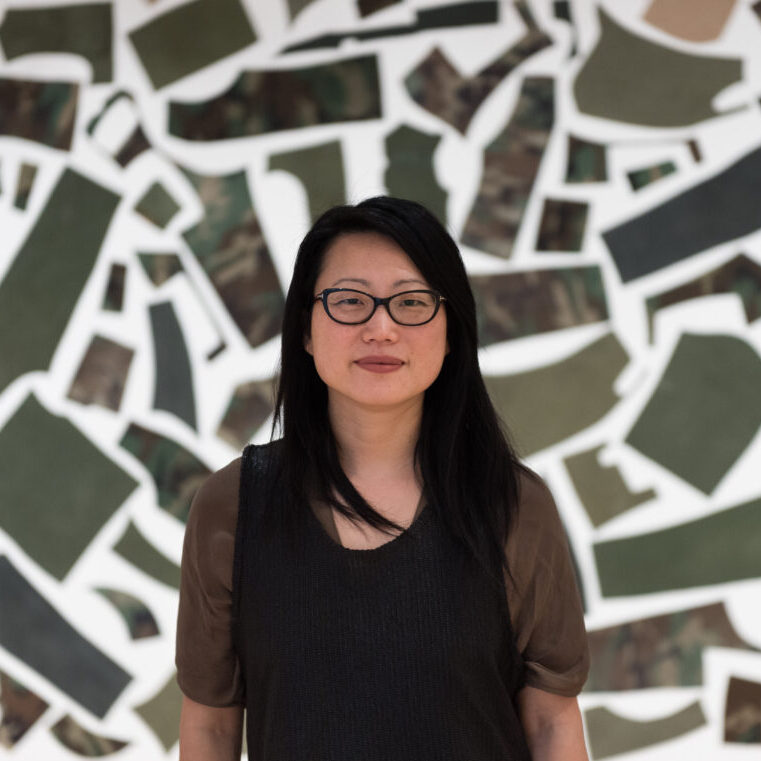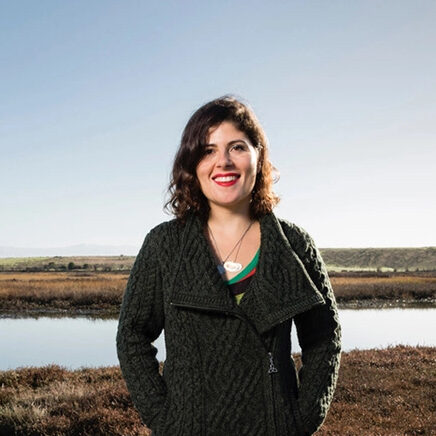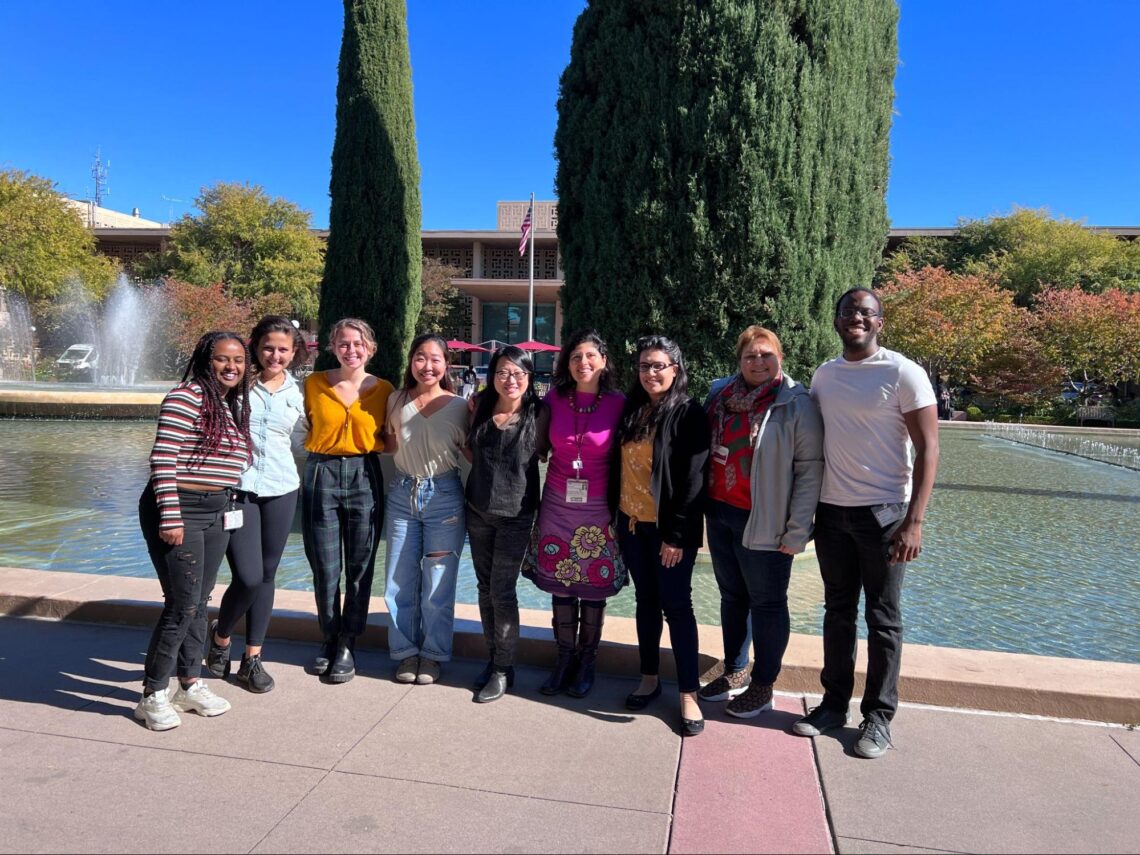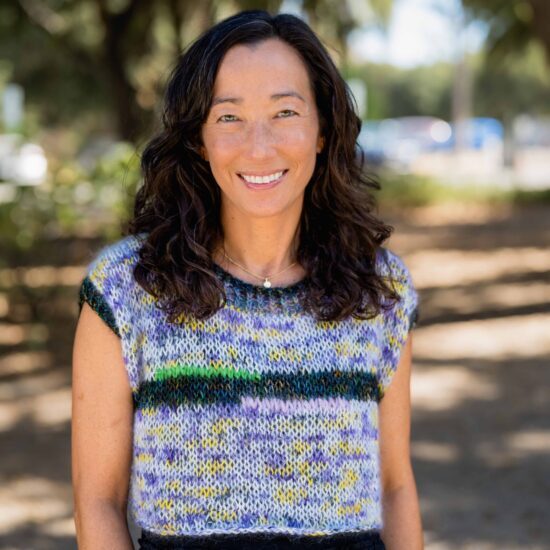In the News: A New, Artistic Perspective on Plastic Waste – SCOPE
Plastic Planet
This project brings together the elaborate site-specific artwork of sculptor, Jean Shin, and the scientific expertise of pediatric infectious disease physician, Dr. Desiree LaBeaud, to highlight the global problem of plastic waste and to challenge us to reimagine our relationship with plastics. The final product of this collaboration will be an art installation located in the lobby of the Biomedical Innovations Building at Stanford and in a public square in Kenya. The installation will be imagined, designed, and constructed with students and faculty from various departments across the Stanford campus. The aim is to elicit interdisciplinary collaborations and conversations that will continue on long past the installation and spark action to build a more sustainable planetary future.
This residency is hosted by the LaBeaud Lab and H.E.R.I. - Kenya with funding from the Stanford Visiting Artist Fund in Honor of Roberta Bowman Denning.
Resources
About the Artist & Researcher


Timeline
Plastic Planet Unveiling Celebration
May 16
The culmination of the LaBeaud Lab residency and celebration of the collaborative process from students, faculty, and visiting artist Jean Shin. In addition, undergraduate student Anneli Chow shares her poem about Plastic Planet.
Plastic Planet Building and Installation
May 1-15
Jean Shin arrives at Stanford and with the help of students, staff, and faculty construct and assemble the sculpture Plastic Planet at the d.School and the Biomedical Innovations Lab at Stanford.
Making of Sea Change
April 2023
Earth Day - Sea Change unveiling, Kenya
April 22
Project stakeholders, community members, H.E.R.I. - Kenya staff, and many Kenya environmental leaders gathered for a ribbon cutting to celebrate, bringing rain—an African blessing! Sea Change was unveiled on Earth Day 2023 and is now a landmark for Diani, Kenya, made with the community for everyone concerned about health, environment, water, and plastics pollution.
Workshops on Unit Building at Stanford
April 14 - 28
Students, staff, and faculty participate in campus-wide workshop events, constructing units with recycled plastics from the Biomedical Innovations Lab. Shin will use these pieces to construct the Plastic Planet sculpture when she returns to Stanford in May.
Sea Change
April 22
H.E.R.I. - Kenya, a non-profit founded by Dr. Desiree LaBeaud, is a key partner of the Plastic Planet project, spearheading the installation of a sister sculpture in Diani, Kenya. The mission of H.E.R.I. - Kenya is to connect local scientists, community members, and public officials to improve public health and environmental conditions in Kenya.
The public sculpture in Kenya will repurpose discarded plastic water bottles to create a giant ocean wave. Like the Stanford project, it seeks to engage local community members in the art-making process and in the discussion around the larger problem of single-use plastic waste. It will be unveiled at the end of April in honor of Earth Day.
“As a public sculpture, the wave adds to the growth and development of Diani’s eco-tourism portfolio whilst serving as an open call for the local community, stakeholders, and government to collaboratively participate in developing sustainable solutions for our environment,” Juma Nasoro, Program Manager at H.E.R.I. - Kenya, said.
Jean Shin arrives to Diani, Kenya
April 17
Jean Shin arrives at Diani, Kenya, and continues working on units used in the Sea Change sculpture. The construction and development of the project is made possible by partnering with the County Government.
H.E.R.I. - Kenya
Building process in Kenya by Jean Shin in collaboration with Health and Environmental Research Institute - Kenya, in partnership with Diani Municipality, Stanford University, and the Technical University of Mombasa. The participants work with recycled single-use plastic bottles that will be the primary source for the large-scale sculpture.
Prototyping Workshop
March 3
Jean Shin led a prototyping workshop at the Product Realization Lab at Stanford. Project participants sorted the collected lab plastic waste into categories to figure out what materials were available and in what quantities. For example, the group discovered that there was no shortage of colorful pipette tip box tops, which were quite mesmerizing when sorted by color.
The group then broke out to experiment with how to fasten together and construct larger units using the selected materials. Shin also drew up a rough sketch of the installation plan and the group brainstormed ideas for how to transition from planning to construction.
Material Exploration Workshops with the d.school
January 23
During the workshop at the Product Realization Lab and the CAD Loft, students experimented with various recycled materials collected from labs at Stanford. With guidance by professor and executive director of the Design Program Bill Burnett, students identified fastening methods of individual components. Jean Shin joined virtually introducing her work and provided background to the vision of the art installation.
Waste Audits with LaBeaud Lab and Tarpeh Lab
January 9 - 27
As part of the larger university Zero Waste by 2030 sustainability goal, LaBeaud Lab and Tarpeh Lab collected data over a two-week waste audit to understand what is being recycled or disposed of at their respective labs.
Jean Shin Visits Stanford Campus
October 2022

Touring Labs and Meeting Students, Staff, and Faculty
Interested in getting involved?
Please feel free to subscribe to the mailing list for upcoming events.
Check out the Engagement Working Document or email Ellen Oh at ellenoh@stanford.edu for more information.

Contact:
Ellen Oh
Director of Interdisciplinary Arts Programs
Office of the Vice President for the Arts
ellenoh@stanford.edu

